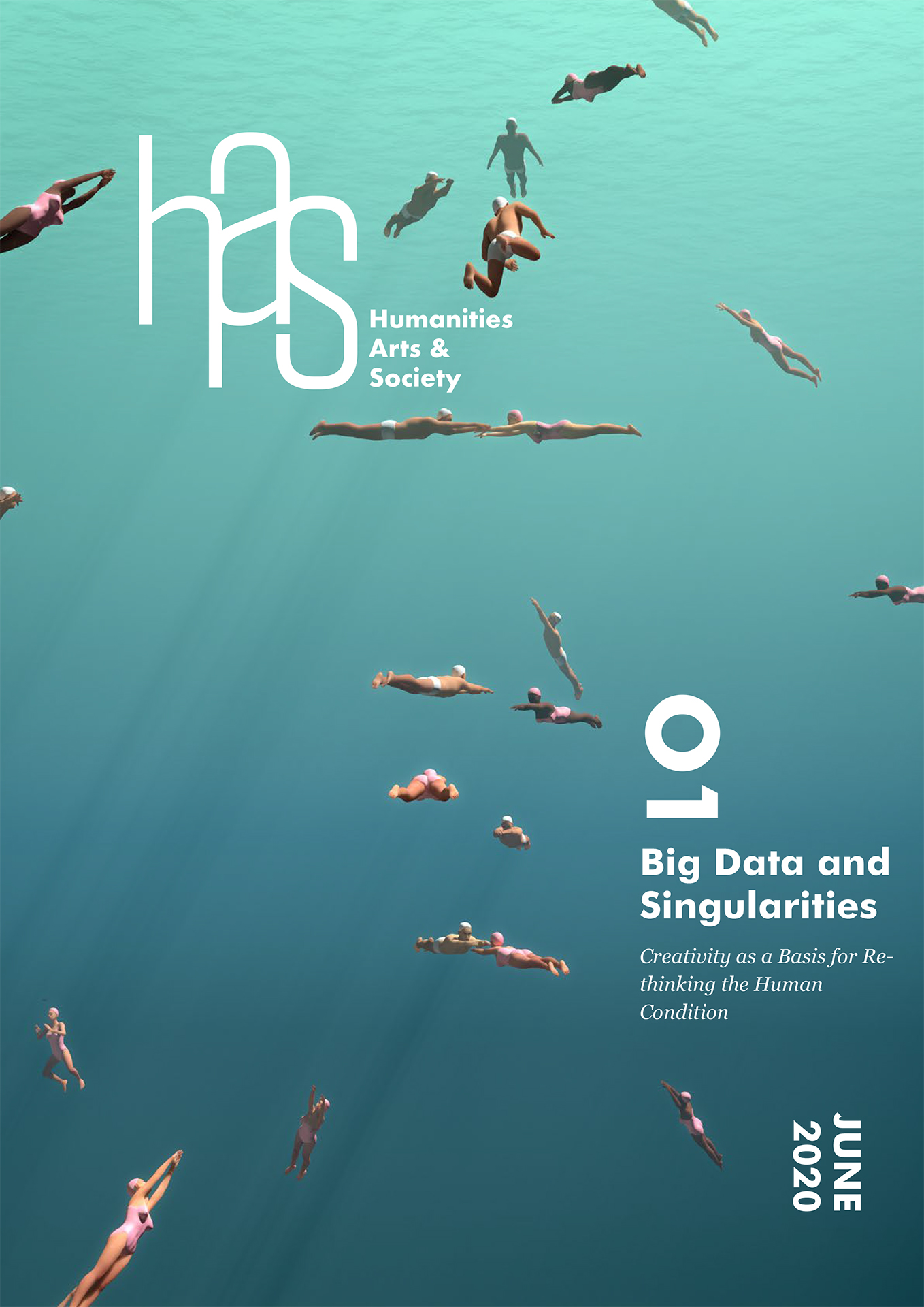Left: Photo retouched with cold colour filter Right: Photo retouched with warm colour filter
Downtown Los Angles – USA
The popularity of social media has exceeded expectations over the past two decades. Various social media platforms offer consumers different kinds of online space to express, interact, exchange, and engage with all sorts of ideas, activities, and transactions through posts, responses, and comments. As a result, all sorts of Big Data are being generated through texts, numbers, pictures, and videos exchanged online, offering companies many opportunities to observe consumers (Townsend and Wallace, 2016).
Such willingly-shared consumer insights on social media platforms are free to be assessed by companies, under the terms and conditions agreed to by their users. Views and opinions shared on social media are considered to be in the public domain; hence, analysis of such data does not require approval or consent. This has made it easy for companies to monitor, observe, and understand consumers’ attitudes and reactions towards new products, social trends, and technological advancements, giving them leverage to develop accurate sales predictions, and to identify trends that consumers will follow and find appealing.
It is fair to say that the value provided by social media is very much appreciated by the academic and business communities. The accessibility of such data has been embraced and celebrated by researchers in different fields, leading to publications on various topics (Yen and Dey, 2019). Nevertheless, despite their collective efforts in making sense of consumer behaviour, social media researchers tend to ignore forms of social media content other than text.
For example, Cappellini et al. (2019) analyzed the texts of discussions on Twitter using hashtags, and explained how hashtags are employed to denote the diverse groups and positions around a controversial socio-political issue. Other studies have examined the reviews and comments left on tourism-specific social media sites such as TripAdvisor and Expedia, focusing on the linguistic characteristics, semantic features, and sentiments expressed, to appraise their usefulness and their impact upon hotel bookings, sales, revenues, and reputation management in the tourism sector (Xie et al., 2016; Xiang et al., 2017).
Texts are useful, but one estimate claims that 93% of all meaning is non-verbal, suggesting that only 7% of meaning comes from verbal content. Although these numbers have been challenged by later studies (Burgoon et al., 2016), other estimates put the number closer to 66%, with two-thirds of the meaning in human interactions being derived from non-verbal cues. Nevertheless, this still places substantial weight on the non-verbal side of the equation.
Longbeach, California, USA.
Clearly, words alone are not enough to help humans in expressing ideas, ideologies, and their aspirations to beauty or perfection. This brings our attention to less-studied and less-understood social media platforms such as Instagram, Snapchat, and Pinterest, wherein ideas are communicated mainly through pictures and videos.
It is more difficult to interpret pictures than texts because the same images can be used to communicate very different messages through slight changes of lighting and colour. The images show two versions of the same picture, one of which uses warm colours, while the other emphasizes colder hues. The visual content is the same, but the meanings derived from the two images are very different. Images are interpreted subjectively, which explains why the objects, features, locations, and settings seen in pictures cannot be analyzed separately, but must be interpreted holistically. The need for holistic interpretation has made it much harder for data engineers to develop software or Artificial Intelligence that can accurately interpret the meanings communicated in pictures.
By Bruno Berdaguer
Despite the current difficulties in interpreting images, this does not mean that marketers should disregard visual social media platforms. On the contrary, image-based social media platforms are becoming more popular than text-based platforms, especially among younger audiences.
Dorothy Yen is Reader in Marketing at Brunel University London. Taking on a consumer-centric approach to marketing and branding, she is interested in exploring how culture affects human behaviour, in both B2B and B2C domains. She studies acculturation in relation to food consumption and social media practices during travel, and discusses the notion of animosity in relation to consumption and tourism.
Dorothy Yen is Reader in Marketing at Brunel University London. Taking on a consumer-centric approach to marketing and branding, she is interested in exploring how culture affects human behaviour, in both B2B and B2C domains. She studies acculturation in relation to food consumption and social media practices during travel, and discusses the notion of animosity in relation to consumption and tourism.






